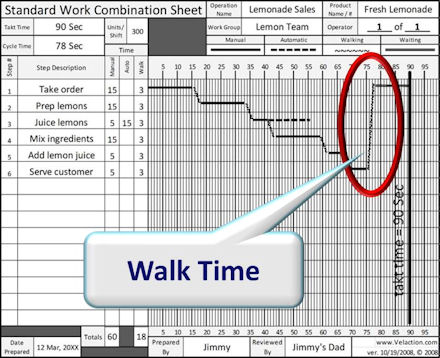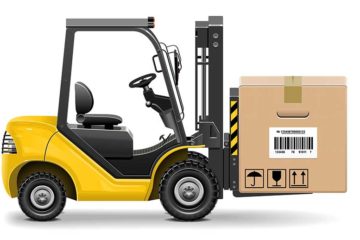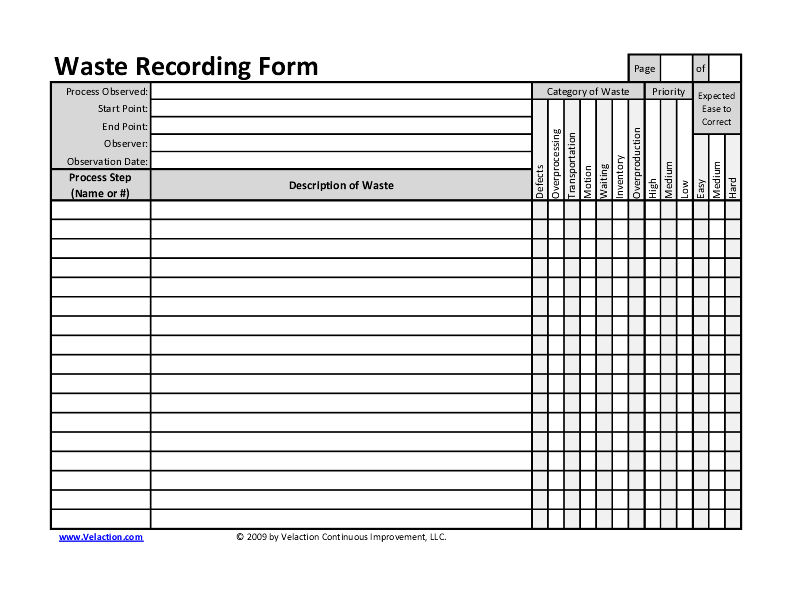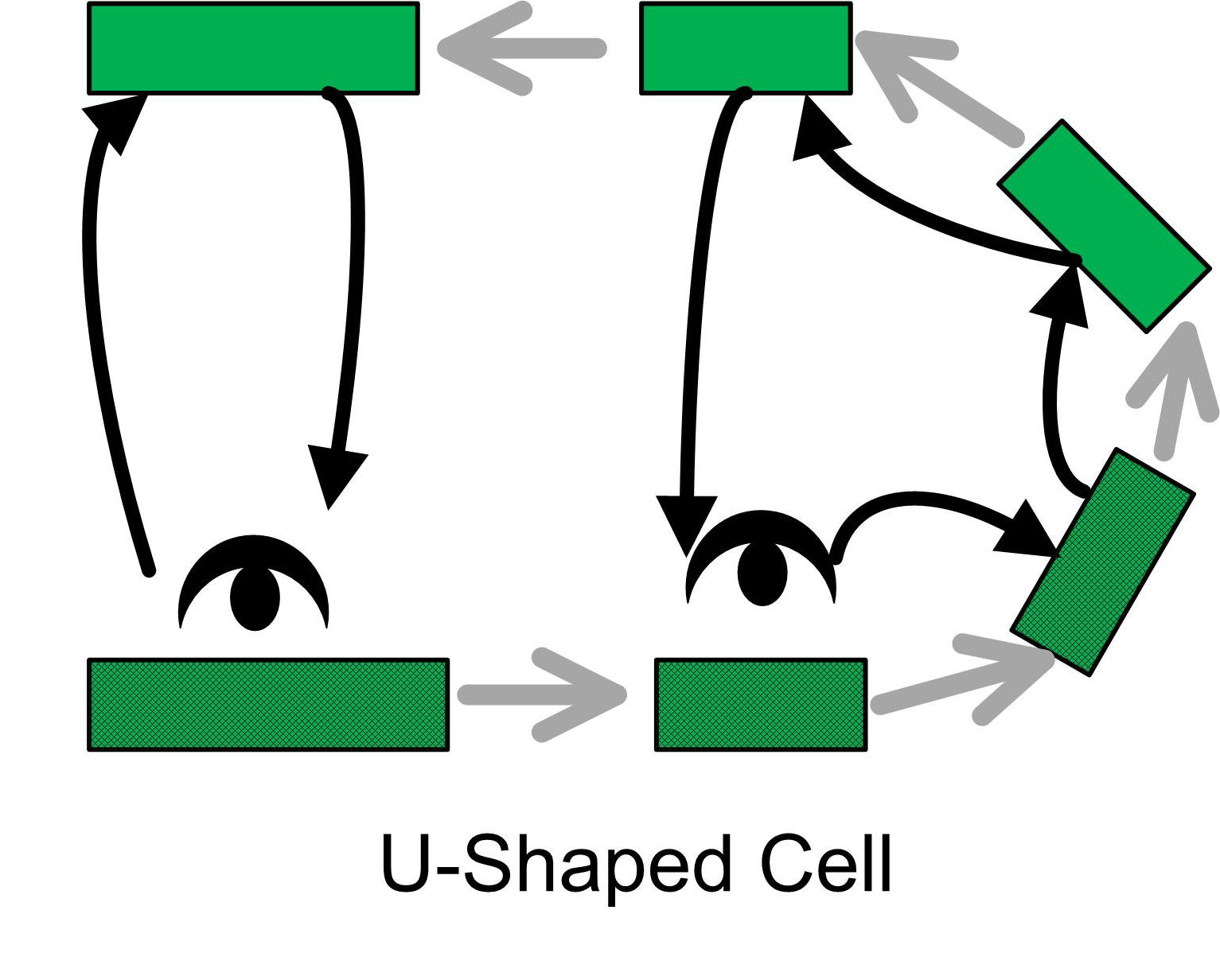Lean Terms
Wait Time
Waiting is one of the seven wastes first introduced by Taiichi Ohno, and still commonly used in modern Lean. Wait time is particularly bad because it consumes a non-renewable resource, and an important one at that: Time. Waiting occurs for a variety of reasons. People often wait for a machine Read more…





